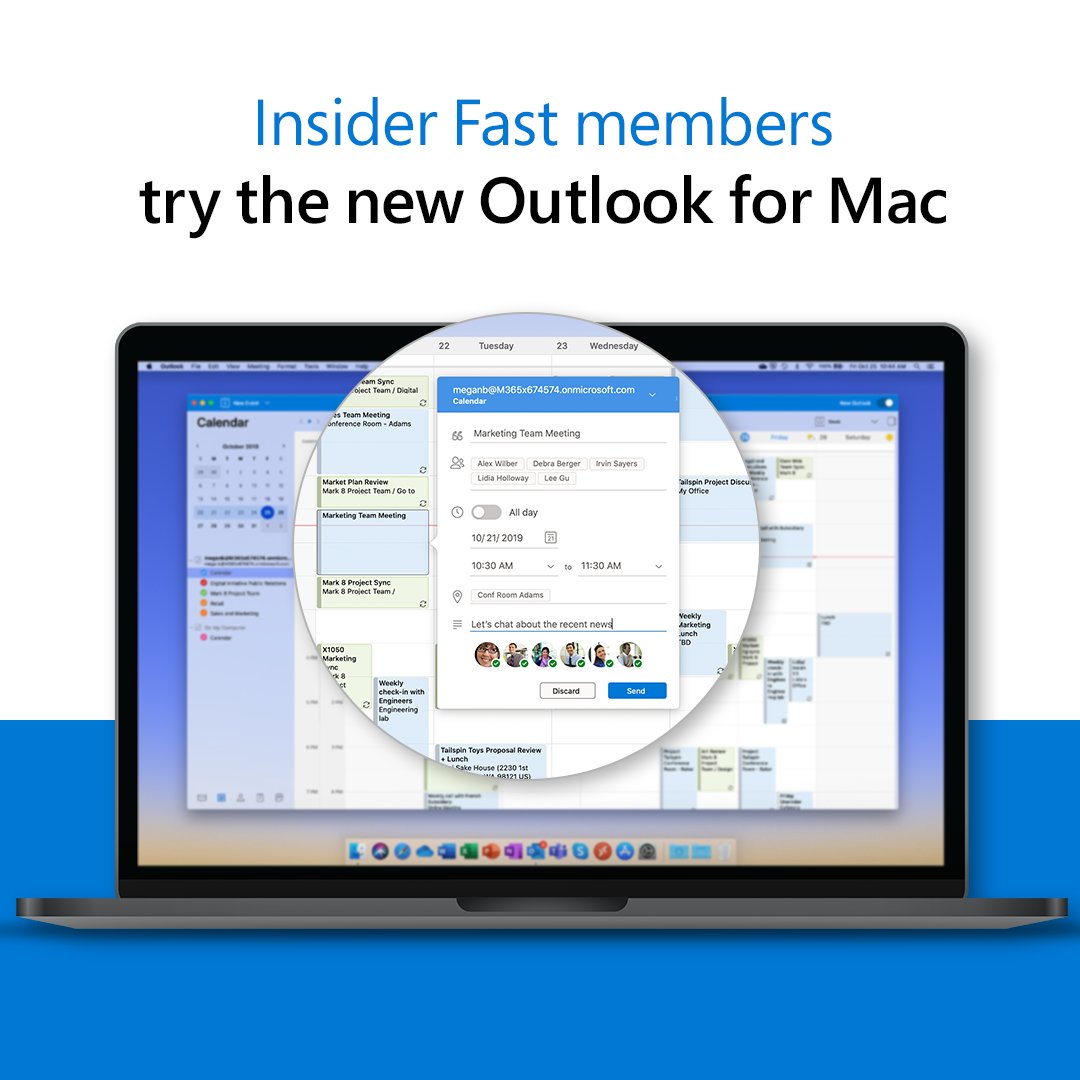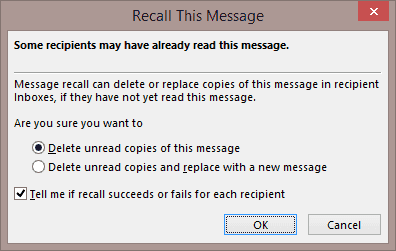

- OUTLOOK 2019 FOR MAC, WHAT'S NEW? FOR MAC
- OUTLOOK 2019 FOR MAC, WHAT'S NEW? FULL
- OUTLOOK 2019 FOR MAC, WHAT'S NEW? LICENSE
Outlook was first introduced in Office 97 which had the version number 8.0.
OUTLOOK 2019 FOR MAC, WHAT'S NEW? LICENSE
This is because Office 2016 and Office 2019 now use the same code-base as Microsoft 365 and your license determines which features are enabled.Īt the same time, this change also increases (or to be more technically correct doesn’t decrease) compatibility with add-ins and external applications which explicitly look at the version number. HKEY_CURRENT_USER\Software\Microsoft\Office\ \Outlook Office 2019 is not version 17.0?Īs you can see, since Outlook 2016 the version number is stuck at 16.0 and Office 2019 didn’t become version 17.0. This version number is used for stamping the installation files of Outlook and is also used in the Registry, with the most known Registry hive being


What are the version numbers of Outlook and their released names?.Some trivia about Outlook version numbers The product team knows about and is investigating the following issues in the new Outlook for Mac: S/MIME – Now available in Insider Fast version 16.43 (20100803).
OUTLOOK 2019 FOR MAC, WHAT'S NEW? FOR MAC
There are several features that are available in the current version of Outlook for Mac for Office 365 that aren’t yet available in the new Outlook experience. Features not yet available in the new Outlook for Mac
OUTLOOK 2019 FOR MAC, WHAT'S NEW? FULL
Updates to the calendar gives you extra flexibility with a 3-day view to more clearly see meetings and events if you have a full schedule. Outlook helps you show up prepared to your meetings by suggesting emails and files that are relevant to the event or attendees. Give colleagues more insight into your availability by setting “Working Elsewhere” as your calendar status for events or appointments. MailTips alerts can be triggered by actions including clicking Reply All to a large recipient list, sending sensitive information to someone outside your organization, or sending a message to someone who is out of office. Outlook includes MailTips, which help you avoid common, but potentially costly or embarrassing, mistakes. When creating a new meeting, view attendee availability directly in the event window and adjust the time of the event by moving the event within the day view.įor meetings with large numbers of attendees, use the Scheduling Assistant to view availability, add and remove attendees, and reserve resources (such as conference rooms).ĭon’t want to be disturbed? Snooze notifications in Outlook for Mac with the Do not disturb feature. Add event details, including attendees and locations, and view attendee availability directly in the popover before sending. Select Ignore Conversation in the Toolbar, Message menu, or message context menu, then confirm that you want to ignore the conversation.Ĭreate events by selecting a time block in the calendar grid. Select Reply, Reply All, or Forward in the Reading Pane, Toolbar, or Message menu or use keyboard shortcuts Command+R, Shift+Command+R, or Command+J.ĭelete all messages in a conversation, including messages already received and any new messages. Reply to messages without opening a new compose window. In Calendar, Groups are located after calendar folders for your account. In Mail, Groups are located under the Groups node for your account. View all your Office 365 Groups in Mail and Calendar view. More Office 365 Groups, including Calendars Type a message in the text field in the meeting invite and select Accept, Tentative, Decline, or Propose New Time. Respond to meeting invites with email responses to the organizer directly from the Reading Pane. Select Task Pane in the View menu or use keyboard shortcut Shift+Command+] to turn Task Pane on or off. View upcoming events in agenda or day view in the main window for mail. Click in the search field or use keyboard shortcut Shift+Command+F to search. Search is now powered by Microsoft Search and has better results and suggestions.


 0 kommentar(er)
0 kommentar(er)
